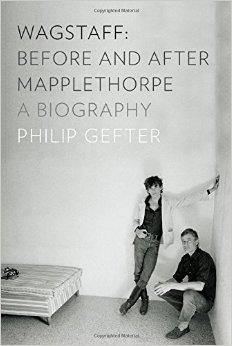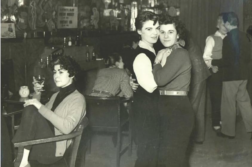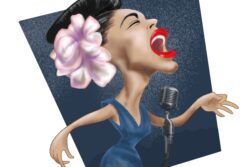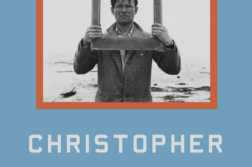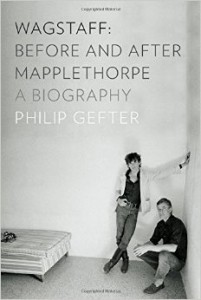 Wagstaff: Before and After Mapplethorpe: A Biography
Wagstaff: Before and After Mapplethorpe: A Biography
by Philip Gefter
W. W. Norton, 459 pages
Full disclosure: the author of Wagstaff: Before and After Mapplethorpe: A Biography has been a supportive colleague of mine over many years. Actually, if anything could disqualify me from writing this review, it would be the two memorably unpleasant phone conversations I had with its main subject, curator and collector Samuel Wagstaff. But this will not affect my review of his biography; the story told is either worthwhile or not, and even the worst rascal’s life may make for interesting reading.
Philip Gefter, photo editor, journalist, and film producer, has produced a book that makes the case for Wagstaff’s importance in elevating photography from its inferior critical and market position in the art world. But the book is also a thoughtful examination of the workings of this world in the later decades of the 20th century. At the same time, because Wagstaff was both a New York patrician and gay, Gefter offers an intriguing account of his double life and that of others in his situation both before and after Stonewall. There was social decorum to observe, and there was an illicit appetite to slake. The late journalist and social commentator Dominick Dunne, a friend of Wagstaff in the 1950s, called him “the deb’s delight.” In Gefter’s words, Wagstaff relied “on his impeccable etiquette to shield his activities in the closet. He kept the expectations of young women from proper families at bay … leaving them with an all-too-polite peck on the cheek in front of the doorman.” Then off into the night the princely Wagstaff would go, frequenting the 1950s Bird Circuit along Third Avenue in the East Fifties “where gay bars with names like the Blue Parrott and the Gold Pheasant were hiding in plain sight.”


